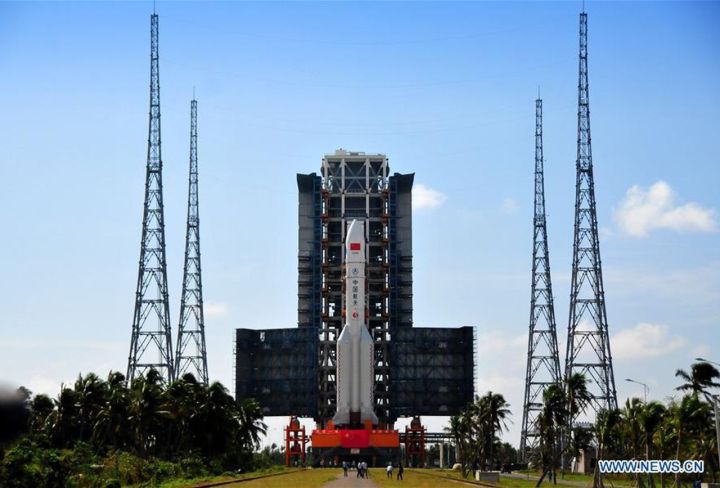
In a surprise move, the China Manned Space Engineering Office (CMSEO) announced it will be starting the process of building its own space station sooner than expected. It expects to launch the first mission imminently and aims to have a space station completed by 2022.
Although China has made its desire to build a space station well known, aiming for a first launch this year is faster than was expected. It was only in 2016 that China’s Tiangong-2 space lab was launched, and the lab will de-orbit in July. In the meantime, the Chinese are expected to launch a commercial-grade rocket similar to those used by SpaceX, but one designed to be cheaper. But first, they will have to perform drills and joint tests which they expect to begin in the latter half of this year and to select and train their astronauts in a process that has already begun.
The aim is to create a space station which can hold up to three astronauts at a time and which will last for 10 years. The station will consist of three modules (one cabin and two labs), and its purpose is to host research into topics like life sciences and biotechnology. Surely it is also hoping to be a competitor to the International Space Station, which China was not involved in.
The announcement was made through Xinhua News Agency, China’s state-run news service, and it could have a serious impact on the international politics of space programs. However, China does plan to share the facilities of the station with other countries: “China is committed to making the country’s space station an international platform for scientific and technological cooperation, according to the CMSEO,” the Xinhua News Agency said. As part of this aim of co-operation, the CMSEO “will work with the United Nations Office for Outer Space Affairs to complete the application selection of China’s space station and launch a number of co-operation projects.”
The next key data in the project will come at the end of 2019 when the “Long March-5B” carrier rocket will perform its maiden voyage in preparation for the space station mission.



